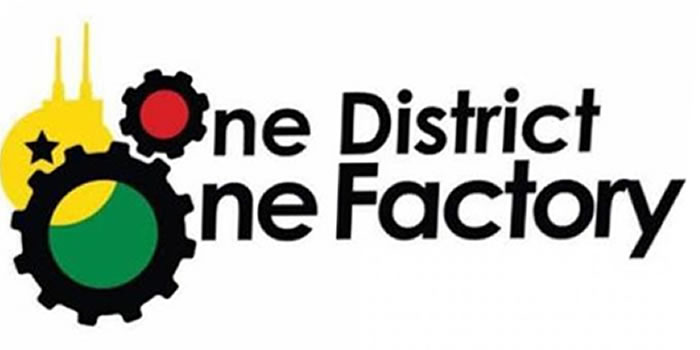

Agriculture is practiced at subsistence level with farmers still using crude farming implements and practice slash and burn methods and mixed cropping. Financing of farming activities is from farmer’s own savings. The farmers are however being supported by the Adventist Development Relief Agency (ADRA).
The Hunger Project has just been inaugurated and it expected that, their activities will to a great extent support productivity of local farmers. The rate of post harvest losses will be reduced by the impact of the CBRDP post harvest components of providing access to rural farms and marketing. Average farm size of farmers is 3.5 acres compared to the national average of 5.0 acres.
Extension Services
About 60% of population is made up of farmers. This means, 66,600 of the people are farmers. Accordingly, farm families are estimated as 13,320. With the Agric Extension Agents (AEA) strength of 18, AEA ratio is 1:3,700 farmers. This gives (AEA) farm families ratio of 1:740. In comparisons therefore, AEA ratio is far below the national AEA ratio of 1:2000-2500. The implication is that there is adequate AEA to benefit farmers.
Irrigation Farming
Some small scale irrigation farming is practised along the banks of the Birim River and its tributaries, especially for the cultivation of vegetables. Livestock rearing is mostly not on commercial basis. Sheep, goats, poultry and piggery are reared for home consumption. The census for poultry and livestock is provided in table 2.12.
Animal Rearing
Animal rearing in the district is generally at the subsistent level with most reared domestically. These include cattle, sheep, goat, rabbit and poultry. Table 2.12 gives details of the types of animal reared in the district.
Support to Agricultural Activities
The support to farmers constitutes one of the greatest challenges to improved agriculture. Currently, the Community Based Rural Development Project (CBRDP) is supporting farmers by way of providing agricultural infrastructure in areas as water for agriculture, rehabilitation of feeder roads, spot improvement of feeder roads, training in entrepreneurship/ skills development and financial support under the private goods / Learning Center concept, among others.
The CBRDP is also assisting farmers, through the private goods component, to access micro-credit from accredited rural financial institutions to enable farmers and other rural folks to help cushion them from the harsh economic conditions. Kibi market for instance was constructed under RICU/VIP 1.
At the moment, the District has benefited from the construction of a 3-unit classroom block and a 6-unit classroom block, all with ancillaries, fro the Bomponso L/A Primary and Obodanase Presby Primary schools respectively. Three Area Councils (Apapam, Osiem and Asafo) have also befitted from various trainings on leadership skills, participation in decision making, problem identification and planning.
Date Created : 11/24/2017 3:08:00 AM










 facebook
facebook
 twitter
twitter
 Youtube
Youtube
 +233 593 831 280
+233 593 831 280 0800 430 430
0800 430 430 GPS: GE-231-4383
GPS: GE-231-4383 info@ghanadistricts.com
info@ghanadistricts.com Box GP1044, Accra, Ghana
Box GP1044, Accra, Ghana